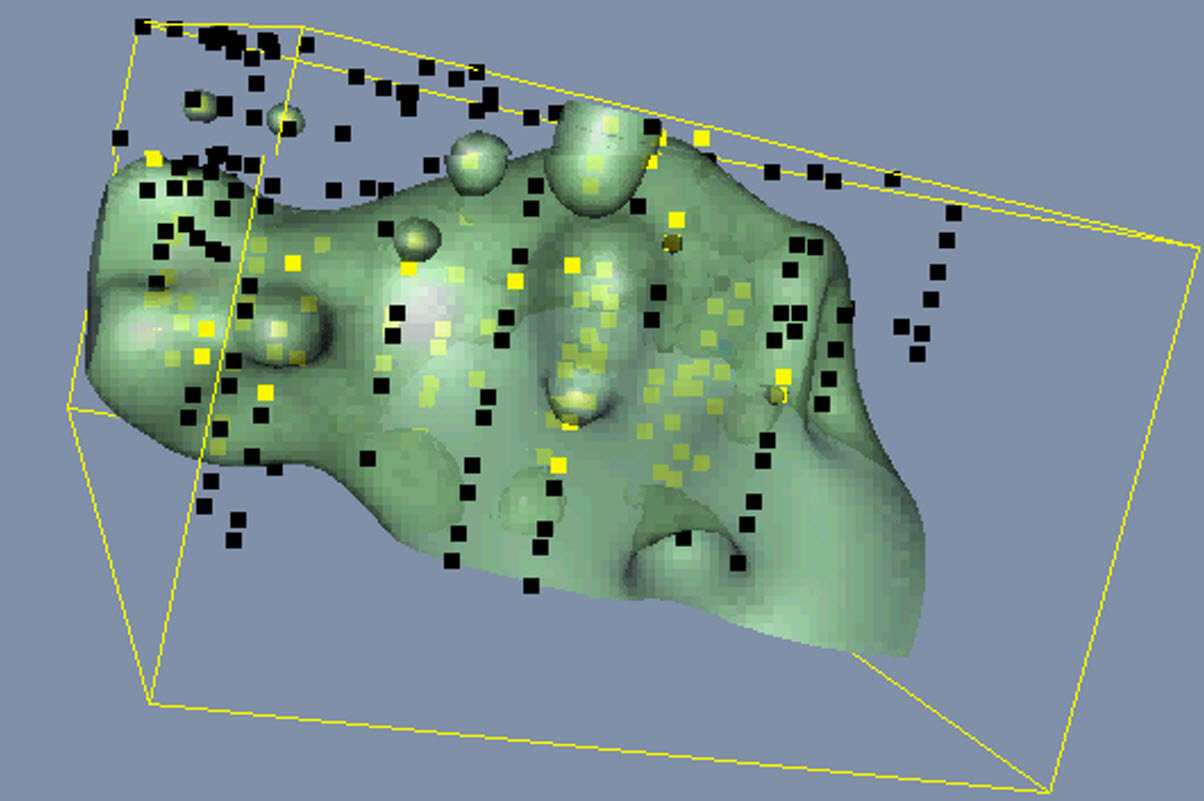Remotely Operated Systems for Underwater Measurements
During a D&D project, underwater measurements are usually required in several situations such as defueling the reactors and the storage pools, legacy waste stored in ponds, and contaminated natural sites (rivers, ponds, sea….).
During a D&D project, underwater measurements are usually required in several situations such as defueling the reactors and the storage pools, legacy waste stored in ponds, and contaminated natural sites (rivers, ponds, sea….).



